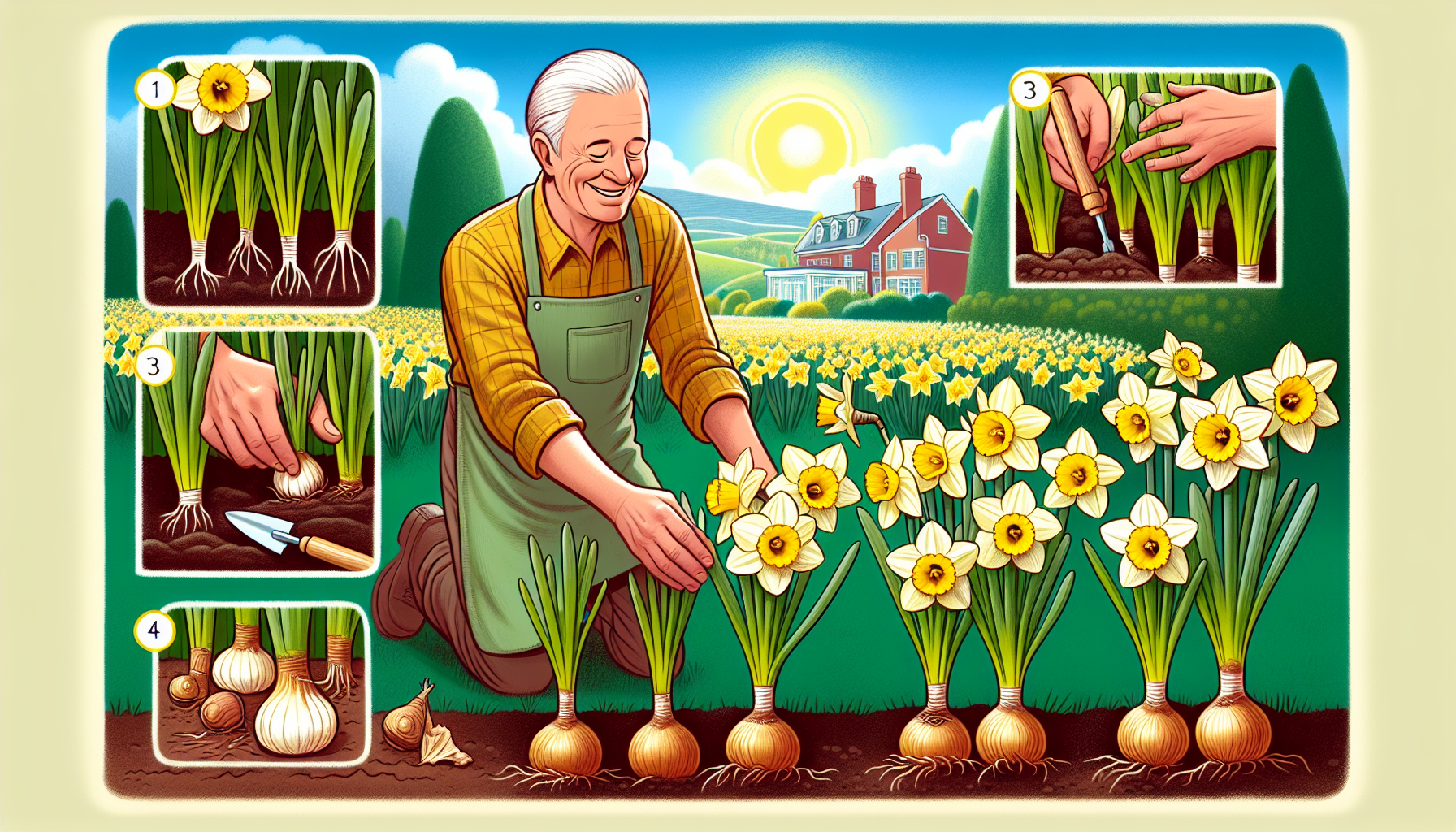
how to plant daffodil bulbs
How to Plant Daffodil Bulbs: A Step-by-Step Guide for Beginners
Daffodils are one of the most beloved spring flowers, known for their vibrant yellow and white blooms that bring joy after a long winter. Planting daffodil bulbs is easy, and with a bit of planning and care, you can enjoy their cheerful display year after year. In this guide, we’ll walk you through the steps to plant daffodil bulbs and help you create a stunning garden.
Why Choose Daffodils?
Daffodils are hardy, low-maintenance flowers that thrive in a variety of climates. They are perfect for gardeners of all skill levels and are resistant to pests like deer and squirrels. Plus, they naturalize easily, meaning they’ll multiply over the years with minimal effort on your part!
When to Plant Daffodil Bulbs
The best time to plant daffodil bulbs is in the fall, about 2-4 weeks before the first hard frost. This gives the bulbs enough time to establish roots before the ground freezes. Depending on your location, this typically falls between September and November.
Steps to Plant Daffodil Bulbs
1. Choose a Planting Site
Daffodils thrive in well-draining soil and prefer full sun to partial shade. Select a location in your garden where they’ll receive at least 6 hours of sunlight daily. Avoid areas with standing water, as this can cause the bulbs to rot.
2. Prepare the Soil
Loosen the soil to a depth of about 12 inches and mix in compost or organic matter to improve drainage and add nutrients. Daffodils prefer slightly acidic to neutral soil with a pH between 6.0 and 7.0.
3. Plant the Bulbs
Plant daffodil bulbs with the pointed end facing up and the flat, root side down. Dig a hole that’s about 2-3 times the height of the bulb—typically around 6 inches deep. Space the bulbs 4-6 inches apart to allow for growth.
4. Cover and Water
Cover the bulbs with soil and gently pat it down. Water the area thoroughly to help the bulbs settle in and encourage root growth. Once planted, daffodils don’t require much additional watering unless the soil becomes extremely dry.
5. Add Mulch (Optional)
To protect the bulbs from extreme cold and prevent weed growth, you can add a layer of mulch, such as straw or shredded bark, over the planting area.
Tips for Caring for Daffodils
- Once your daffodils bloom in spring, allow the foliage to die back naturally. This helps the bulbs store energy for the next growing season.
- Fertilize with a balanced bulb fertilizer in early spring as the shoots emerge, and again after the flowers fade.
- If your daffodils become overcrowded after a few years, dig up the bulbs in summer after the foliage has died back, divide them, and replant in the fall.
Conclusion
Planting daffodil bulbs is a simple and rewarding gardening project that will bring a splash of color to your garden each spring. By following these steps and providing the right care, you can enjoy these beautiful blooms for years to come. So grab your gardening tools, and start planting today!
For more gardening tips and ideas, be sure to check out our gardening tips section.